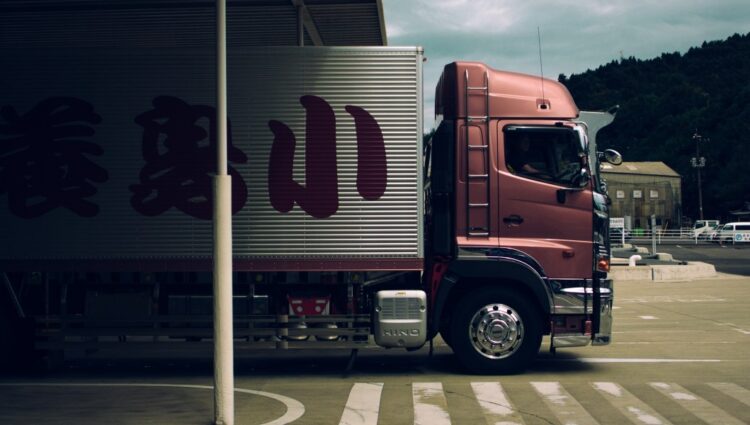There are different guidelines to be followed by full truckload carriers with respect to how the shipment is loaded, secured, and transported to its destination. Let us explore the details in the following sections so that you have a better understanding of how your shipment will be secured and transported by a carrier.
Placement of Cargo
Cargo items which may roll should be restrained with the use of cradles, wedges, chocks, and similar other means so that the rolling of cargo items can be prevented.
Additionally, any method used for prevention of rolling should not become loose or unfastened when the truck is moving.
Use of Transverse Tie Downs
In the case where cargo items are kept beside one another and have been secured with the help of transverse tie downs, then such items should be:
- Kept in direct contact with one another, or
- Stopped from moving towards one another during transit
Limit for Tie Downs
As per the guidelines, the working load limit (aggregate) for the tie downs that are utilized for securing any article or several articles from movement should be about one and half times the total weight that all articles together have.
In addition, working load limit (aggregate) should be the sum of:
- The working load limit is one half for every tie down that travels from vehicle’s anchor point to any article’s anchor point.
- The working load limit is one half for all the tie downs which are attached to the vehicle’s anchor points and is passed around, over, or through the article. These tie downs are then attached to anchor points that are present on the same side as the vehicle.
- The working load limit is one half for all the tie downs which are attached to the vehicle’s anchor point and pass around, over, or through the article. Such tie downs are then attached to anchor points that are present on the vehicle’s other side.





